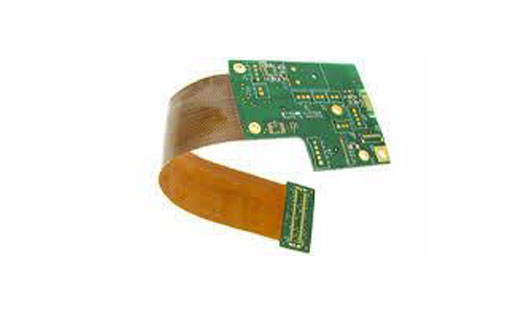

Rigid-flex PCBs incorporate both rigid and flexible parts, whereas only rigid parts make rigid boards-they have no flexible part. Difference Between Rigid-Flex and Rigid boards With advancement in technology, they now prefer to use rigid-flex circuit boards, as these are turning out to be more reliable and durable while offering a high quality of performance. So far, aerospace, military, the automobile industry, and others have been totally reliant on the regular rigid printed circuit boards.

However, these simple boards cannot offer the additional functionality that a combination of rigid and flexible circuits does. The rigidity of a board offers strength and stability for sensitive circuits. Most designers use rigid boards for ensuring the maximum functionality from sensitive hardware. Many applications require functionalities that the regular rigid PCB cannot provide. Moreover, electronics for such flexible products needs to be shockproof, and rigid-flex circuit boards cannot ensure that. For instance, cell phone manufacturers are on the path of development of flexible phones that users can fold, roll, and twist-these require only flexible circuits rather than rigid-flex. However, as the boards consist of hard and inflexible parts along with flexible parts, small and compact devices such as wearable, digital books, and handheld phones cannot use them. The development of rigid-flex boards requires a 3-D environment. The major advantage of rigid-flex boards is the developer can twist and fold them to achieve the necessary shape depending on requirements. Designing with rigid-flex boards is a completely new technology in the electronics industry. Designers can achieve complex functionalities when they combine rigid and flexible parts in the same board. offer amazing flexibility, both in terms of circuit design and implementation. Complex circuit production, with rigid-flex circuit boards from Rush PCB Inc.


 0 kommentar(er)
0 kommentar(er)
